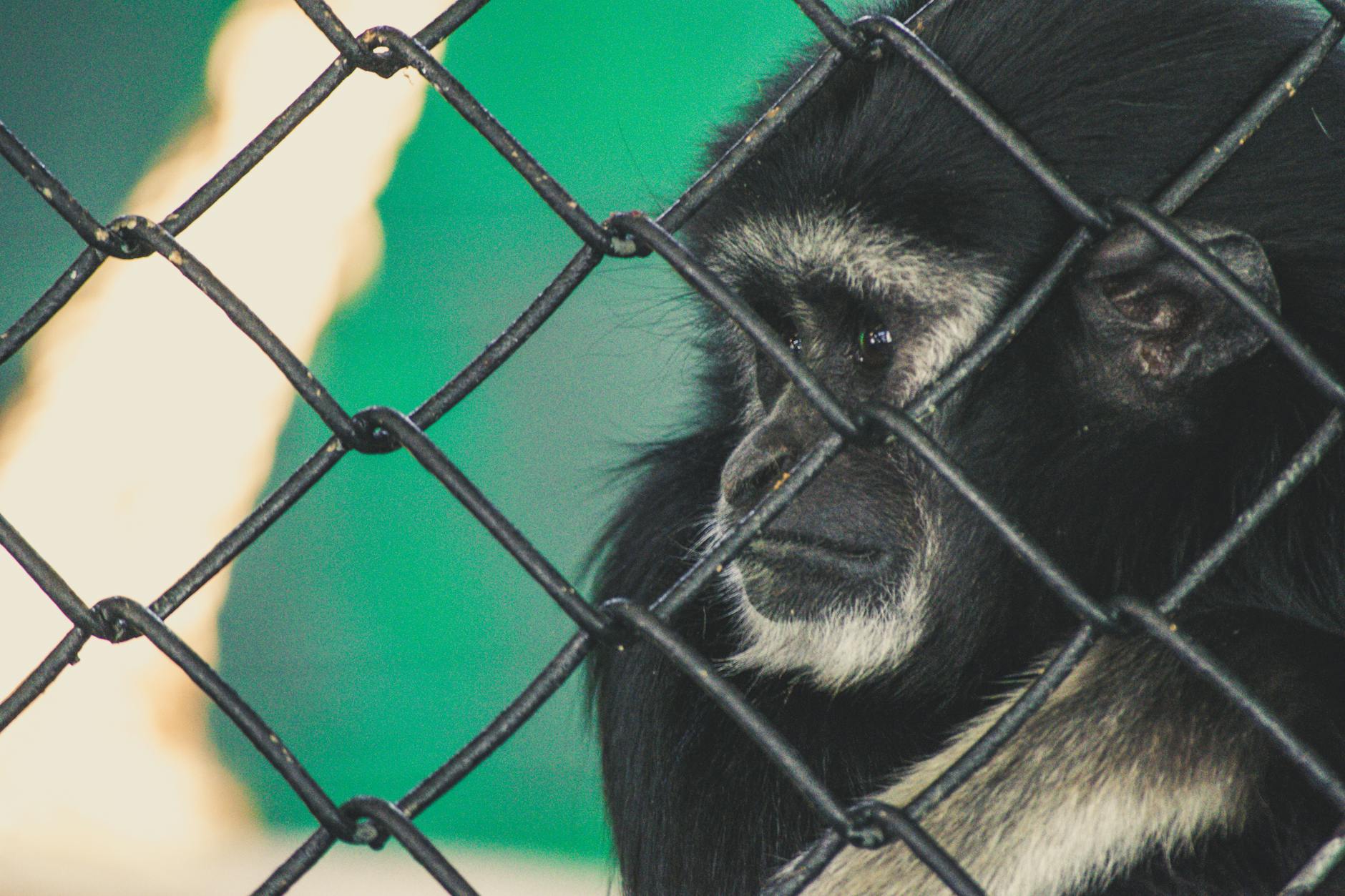Exploring Wildlife Conservation: A Closer Look at Zoo Habitats

The Role of Zoos in Wildlife Conservation
Zoos serve as crucial sanctuaries for animals that are facing threats in the wild due to factors like habitat loss, poaching, and climate change. By providing safe and enriching habitats for these creatures, zoos give them a second chance at survival. Through breeding programs and expert care from dedicated zookeepers, endangered species can thrive and even reproduce, ensuring the continuation of their lineage.
Education and Outreach Initiatives
The Importance of Habitat Enrichment
Zoo habitats are carefully designed to mimic the natural environments where animals would live in the wild. This attention to detail is essential for the wellbeing of the inhabitants, as it allows them to exhibit natural behaviors and engage in physical and mental stimulation. Enrichment activities such as puzzle feeders, climbing structures, and sensory experiences help keep animals healthy and content in their artificial habitats.
Conclusion
In conclusion, zoo habitats are more than just spaces where animals are kept; they are active participants in global efforts to conserve wildlife and protect endangered species. Through education, research, and sustainable practices, zoos contribute significantly to the preservation of biodiversity and the promotion of environmental stewardship. By supporting your local zoo and learning more about their conservation initiatives, you can play a part in safeguarding the future of our planet's precious wildlife.
FAQs
Zookeepers are responsible for the care and wellbeing of animals, ensuring they have proper nutrition, enrichment, and medical attention in their habitats.
3. How can visitors contribute to wildlife conservation at zoos?
Visitors can support conservation efforts by participating in educational programs, donating to conservation projects, and spreading awareness about the importance of biodiversity.
4. What types of research projects are conducted in zoo settings?
Many zoos are adopting sustainable practices to minimize their environmental impact, such as recycling waste, conserving water, and using renewable energy sources.